Embracing the Circular Economy: A Path to Sustainable Living
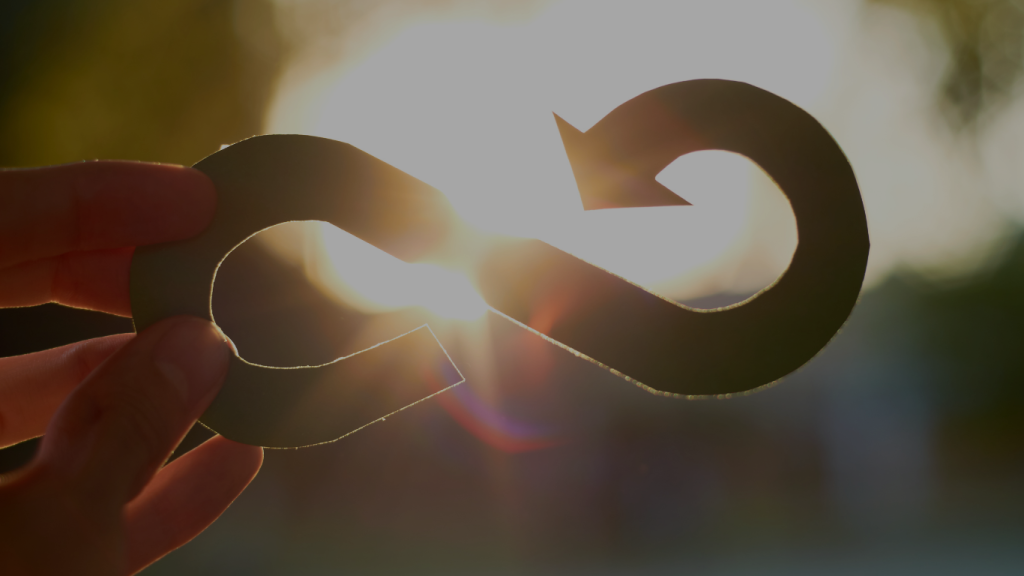
The linear “take-make-waste” model is failing our planet, but the circular economy offers a smarter way forward. By focusing on reuse, repair, and recycling, we can cut waste, conserve resources, and reduce pollution.
Understanding Cradle to Cradle: How “Waste” Becomes a Resource
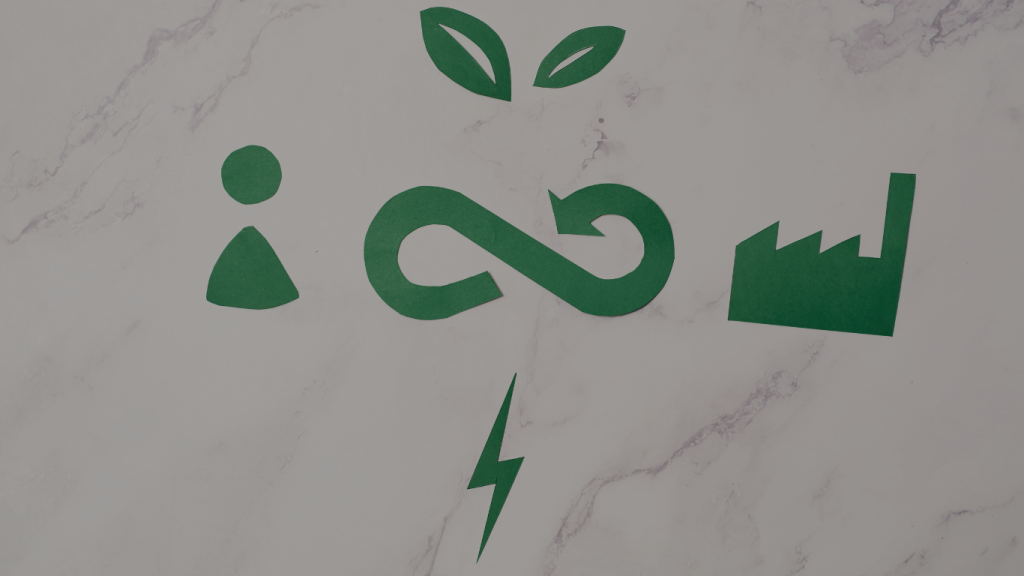
The Cradle to Cradle principle aims to design products in such a way that they are endlessly recyclable or biodegradable. Instead of producing waste, materials are kept in cycles. This concept revolutionises production, fashion and architecture and makes real sustainability possible.
Circular Economy for Beginners: 5 Simple Steps
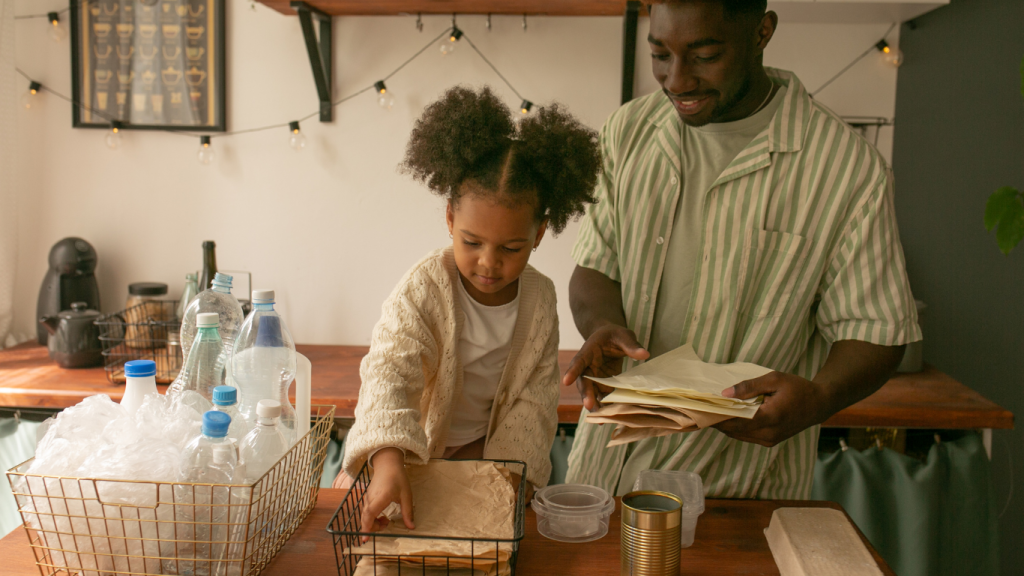
Everyone can contribute to the circular economy: buy less, use second-hand items, repair instead of throwing away and recycle. Even small changes such as sustainable packaging, conscious consumption and upcycling help to conserve resources and avoid waste. Sustainability doesn’t have to be complicated, it starts with simple steps in everyday life!
The Return of Repairing: Embracing Sustainability in the Circular Economy
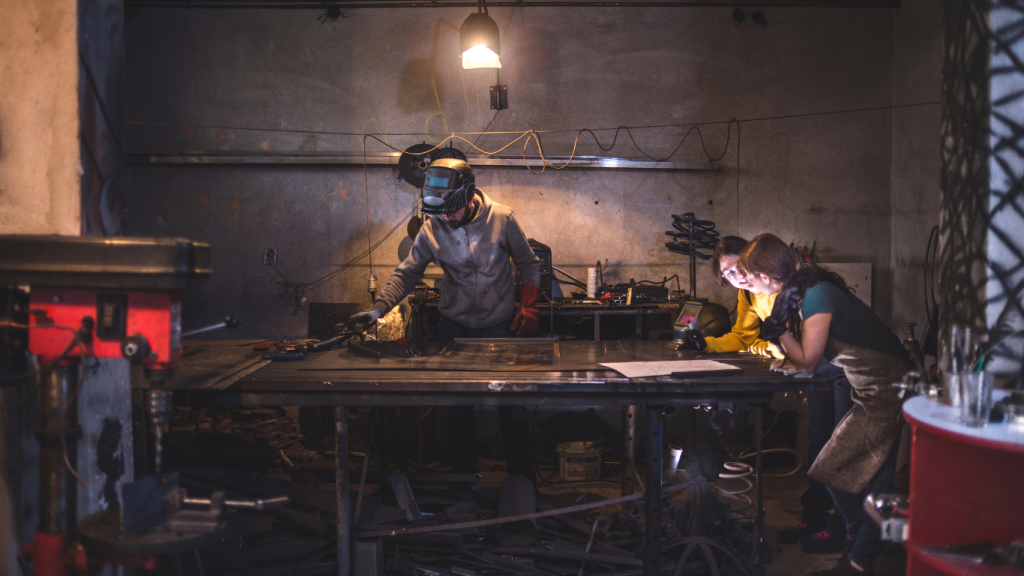
More and more people are opting for repairs instead of new purchases. Repair cafés and DIY tutorials promote sustainable consumption. Instead of throwing away defective products, repairing them extends their lifespan – saving money, conserving resources and making our economy more sustainable.
The Challenges of Transitioning to a Circular Economy
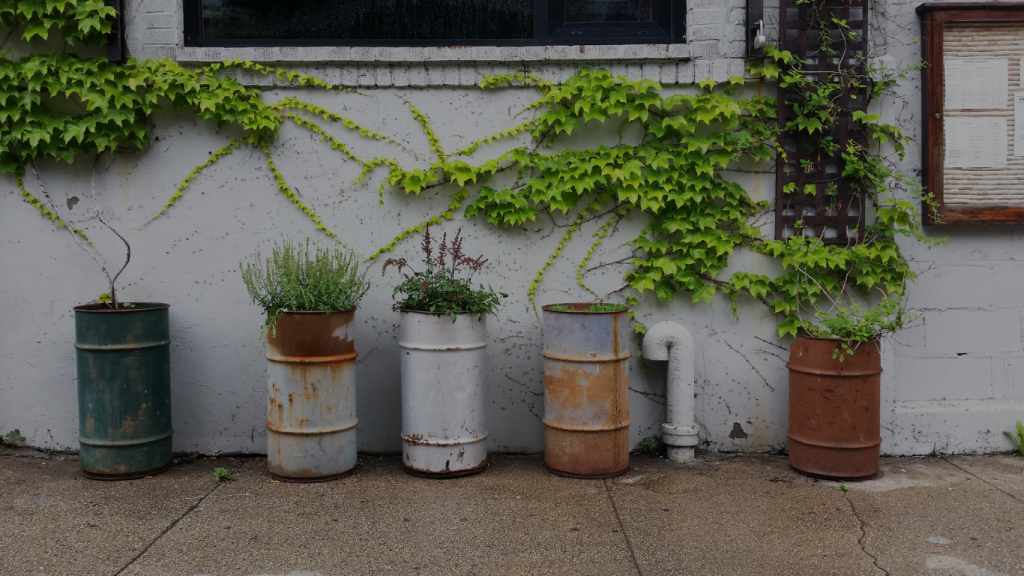
The circular economy is facing obstacles: A lack of infrastructure, high costs, a lack of legal incentives and a lack of awareness are slowing down change. Companies, politicians and consumers must work together to develop solutions to replace linear economic activity with sustainable cycles.
The Power of Conscious Consumption in the Circular Economy
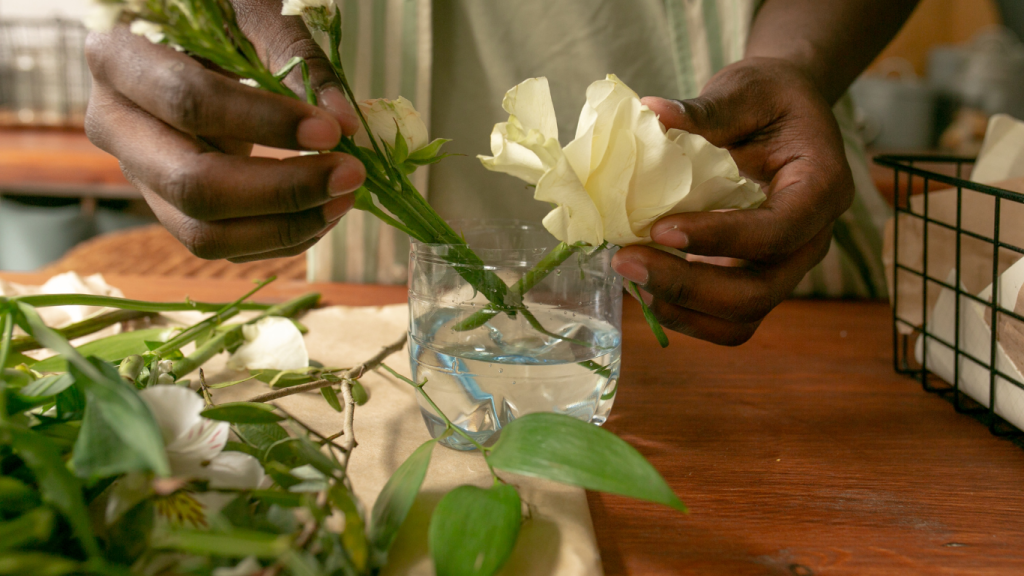
Every purchase is a choice—one that either supports wasteful systems or fuels sustainability. Conscious consumers buy less, choose quality, and prioritize second-hand to keep products in use longer. But how does mindful shopping truly impact the circular economy? Let’s explore the power of smarter consumption.
How to Host a Clothing Swap Party in 2024
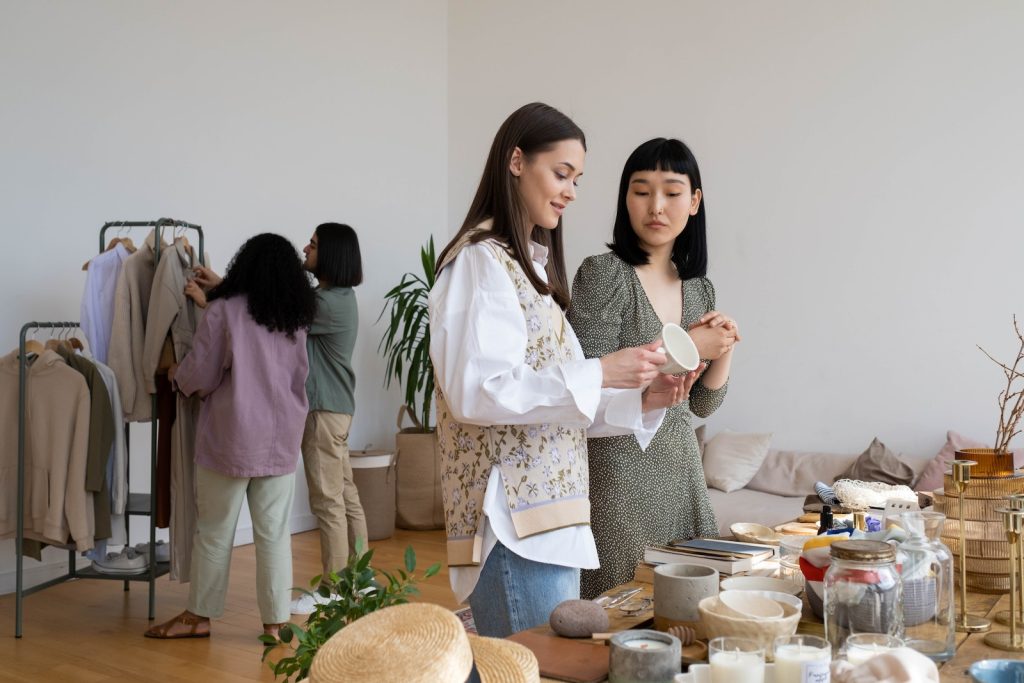
Invite friends to bring gently worn clothes they no longer need. Set up sections for easy browsing and encourage mindful swapping. Donate unclaimed items to charity. Clothing swaps reduce waste, refresh wardrobes for free, and promote circular fashion—plus, it’s an eco-friendly way to socialize and shop!
Recycling Responsibly | Zero Waste Series #5
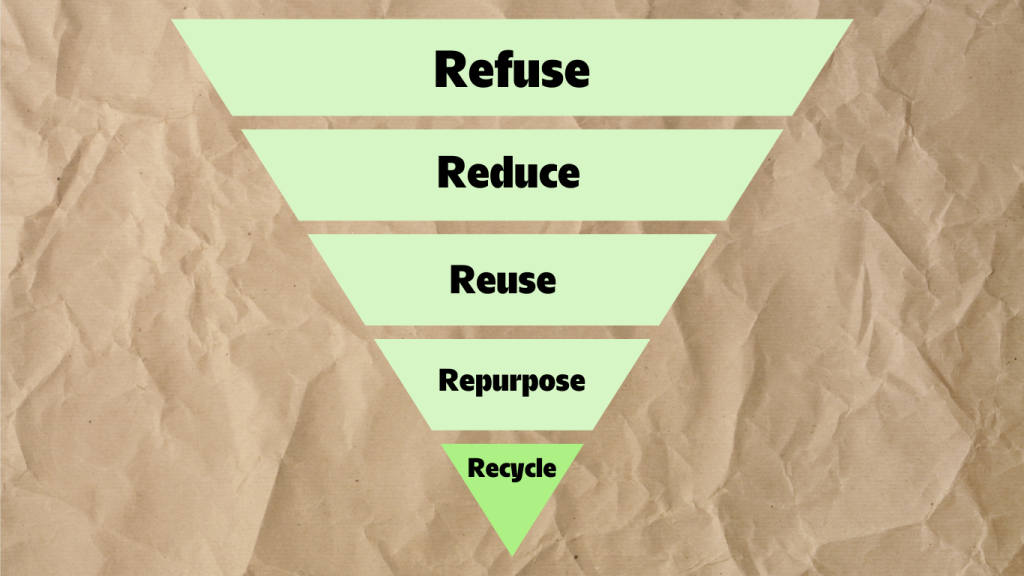
Recycling is the last step when doing without, reducing and reusing are no longer possible. Separate waste properly, use collection points for electrical appliances & buy recyclable products. Recycling helps to conserve raw materials, but requires conscious consumption to be truly effective.
Repurpose: Give Your Trash a New Life | Zero Waste Series #4
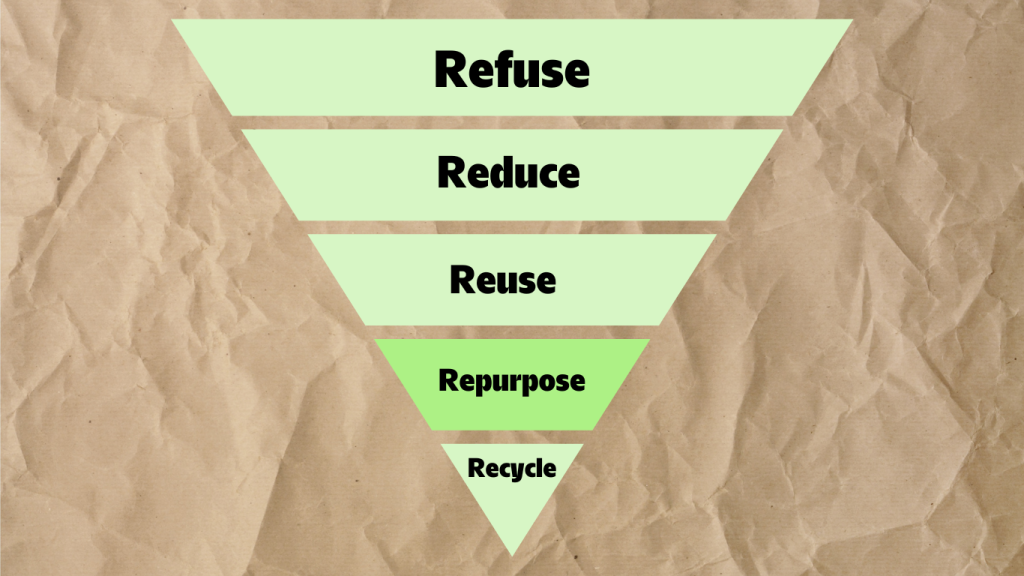
Upcycling transforms old things into new treasures! Jeans become a bag, everyday objects become shelves. Creativity instead of throwing away saves resources and gives old objects a second life. Upcycling reduces waste and turns sustainability into a DIY experience!
From Trash to Treasure – The Joy of Reusing | Zero Waste Series #3
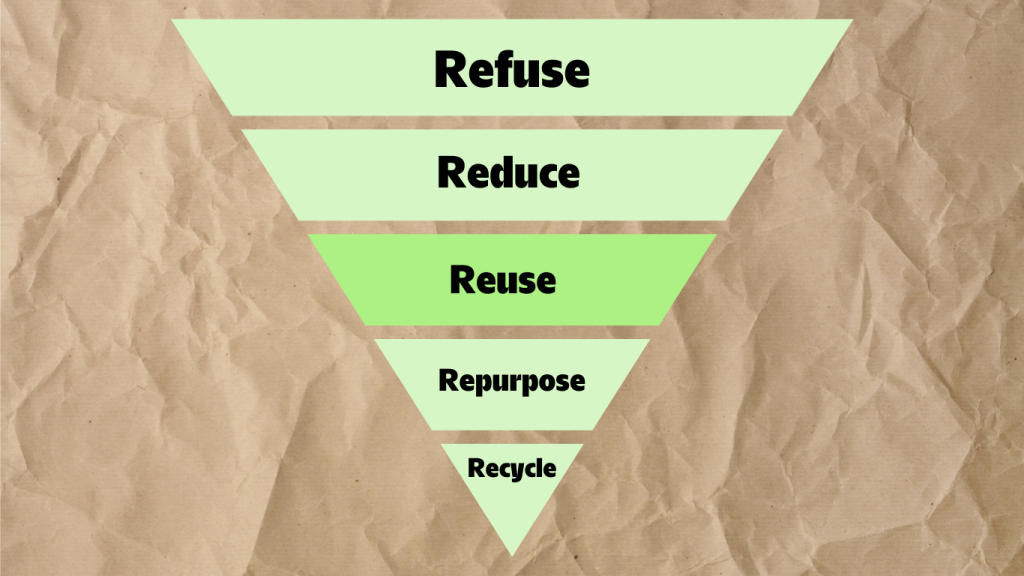
Why buy new when you can reuse? Use reusable bottles, cloth bags & repair broken items. Swap, borrow or buy second-hand instead of throwing away. Reuse saves resources, reduces waste and is often cheaper – a simple step towards a more sustainable lifestyle.

